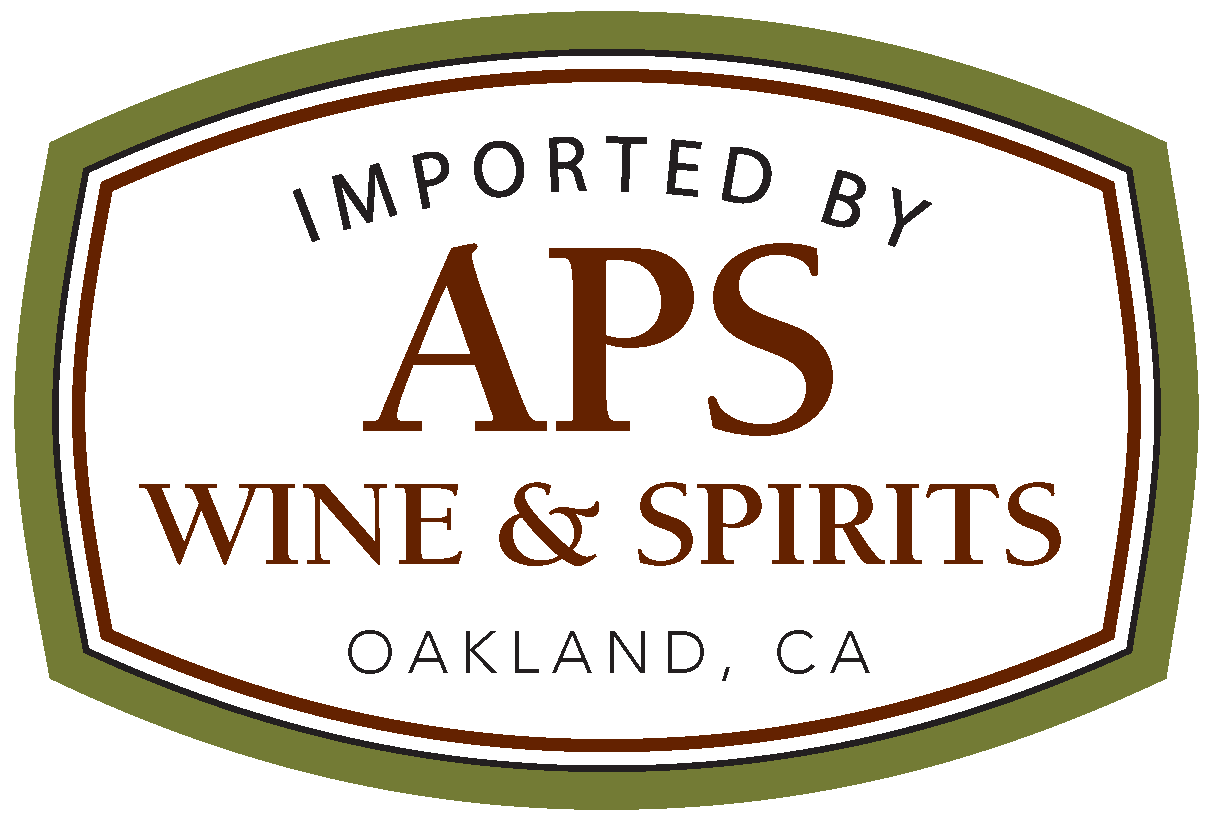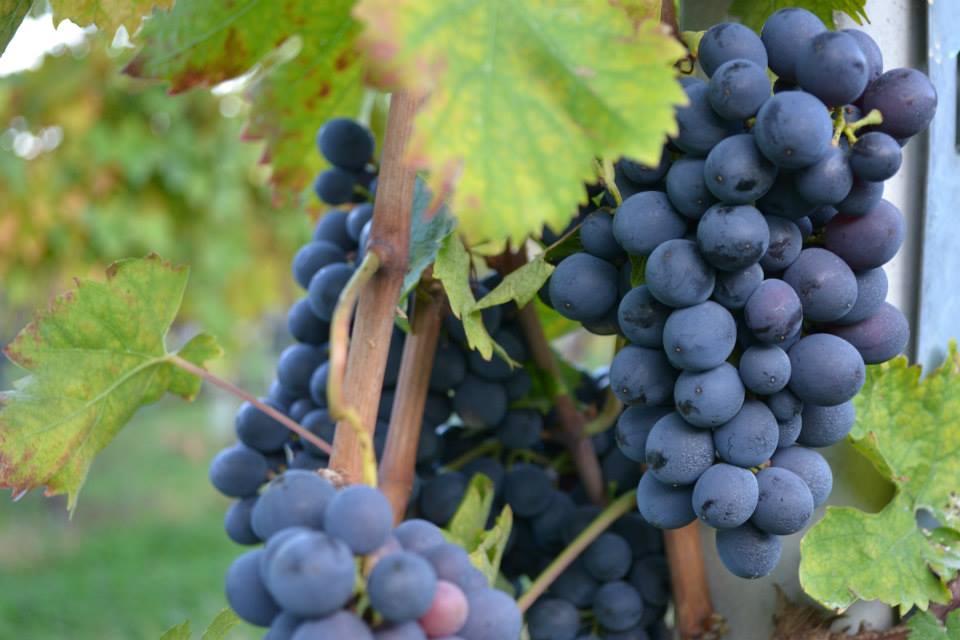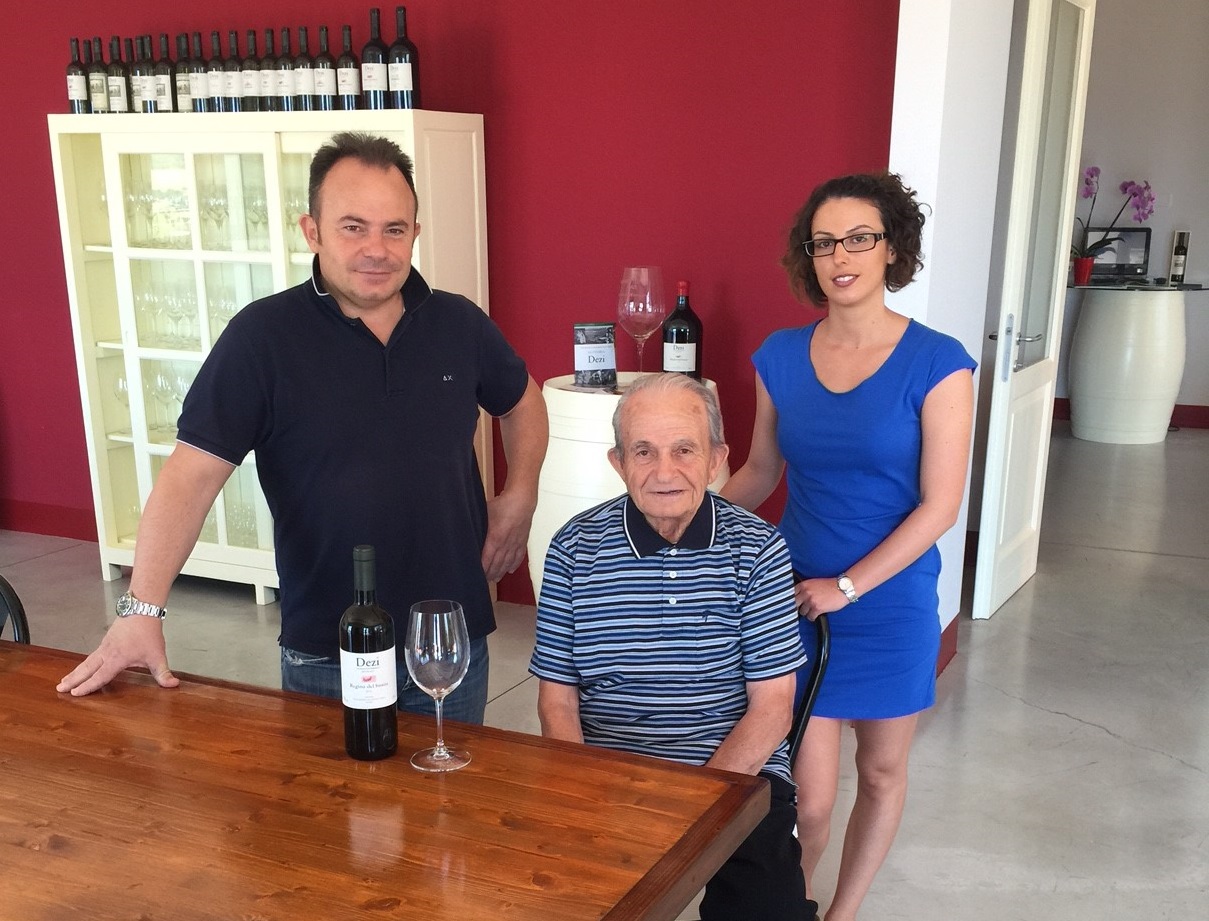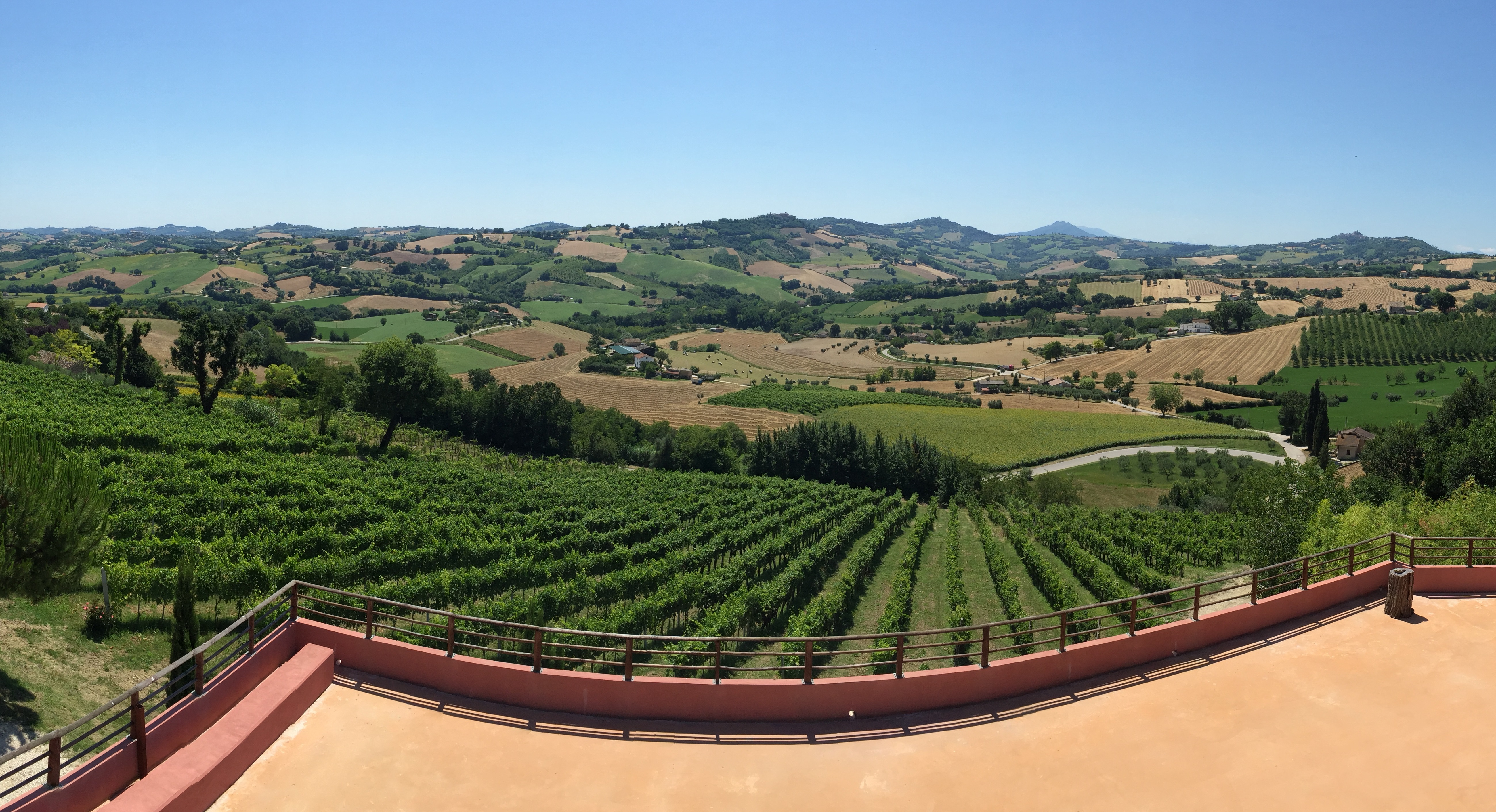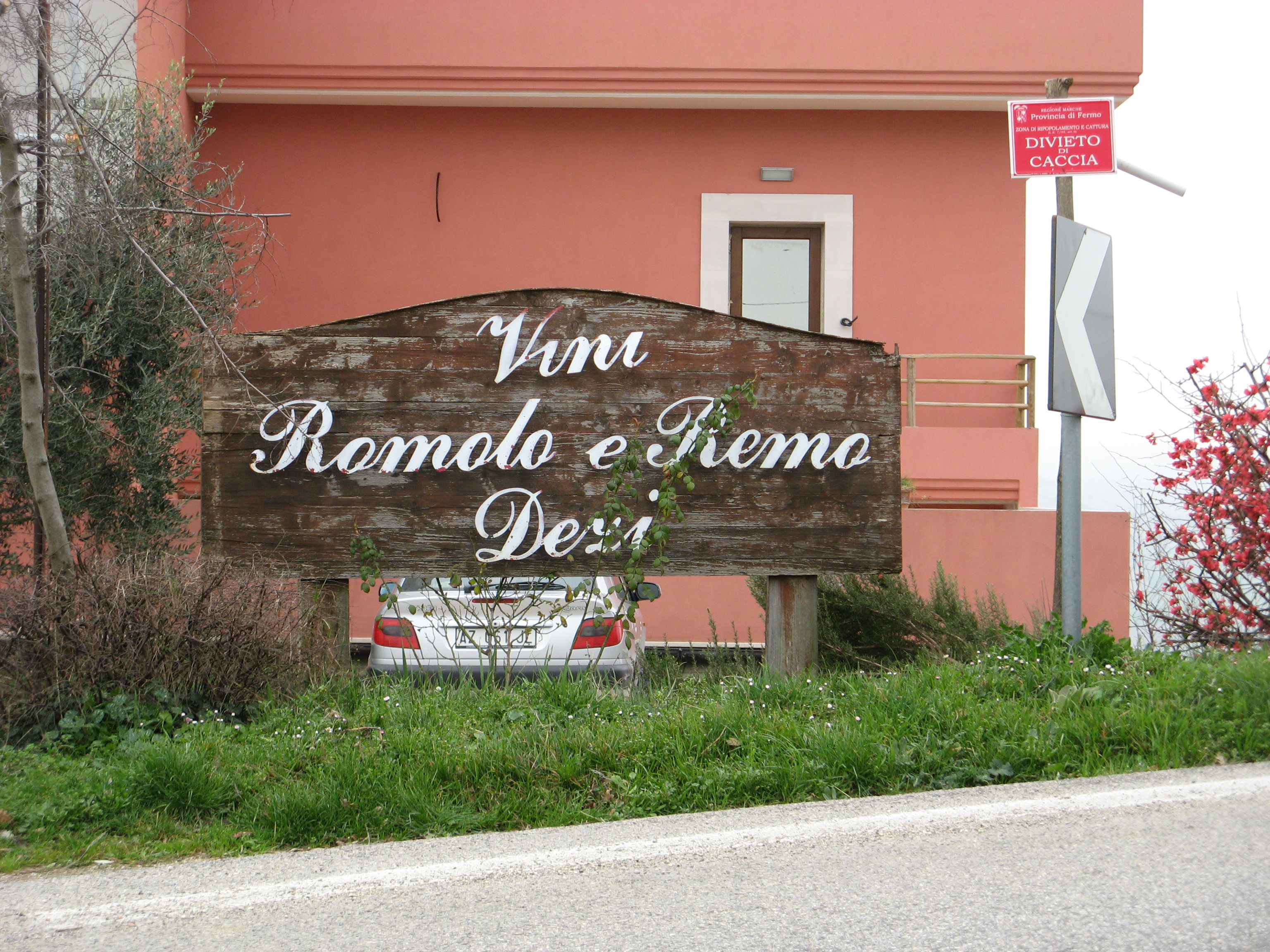AT THE STEPS OF MONTE VETTORE
MONTEPULCIANO OUTER LIMITS
Giovanni Poli, a 20th century Italian director of theater, said of Servigliano, “Vineyards that ascend in parade formation to the heavens.” While Carlo Deltetto was planting his first Nebbiolo in Roero (early 1950s), Romolo and Remi Dezi buried their key with Montepulciano. Named “Growers of the Year” by the Slow Food Editore in 2008 which proceeded a Three Glass award by Gambero Rosso, Dezi is everything about the Marche you don’t know.
Dezi came to us by way of a good friend who was traveling the backwoods of the southern Marche. We’re a hyper-focused collection of estates, with no intention of multiplying. So, when our trusted palate said, “You have to try these wines,” we listened. Dezi, perhaps, is the outlier of our portfolio. South of the more well-known Castelli di Jesi Verdicchio DOC, Dezi takes the greater Russian doll label, “Marche IGT.” While the volcanic-crumble hillsides of Servigliano are spunky terroir, let’s be reasonable, does Italy really need another DOC?
You’ll notice on the label, the interlocking of two “Rs,” a subtle tribute to the founding brothers, Romolo and Remi Dezi, who have dedicated their lives to farming in the fringe. After World War II, the brothers returned home to Servigliano, halfway between the mountains and the sea. They planted Montepulciano and a couple hectares of Sangiovese and Verdicchio. Today, their original site, Beccaccia, is thriving, producing densely aromatic, mineral-coated wines while their youngest vines, planted in 1980, give wines of daring finesse. Romolo’s sons, Davide and Stefano, live by their father’s lesson: “If you are good to nature and don’t cheat her, she will be good to you.” The capability of two versus one is a common theme in our stories: Caroline and Damien Colin, Isabelle and Sabine Menthon, Simone and Leonardo Abram. At Dezi, Davide and Stefano, find their power in numbers. Davide is the protector of organic farming while Stefano is the cellar craftsman, integrating cement with old barrels and new. Together the brothers have managed thirty vintages, producing wines of verve and volcanic soul, not confined by the rules of a dotted line. Thank you “RC” and Mr. Meyer for taking us to the Outer Limits of Dezi.
Bonus: for the 2014 vintage, the family did not make their top wine “Regina del Bosco,” so the 2014 “Dezio” is a blend of Montepulciano from their oldest vineyard (planted in 1953) and their youngest vineyard (planted in 1980). Destemmed, the fruit is gently bladder pressed. The juice flows, by gravity, into 50% concrete boxes and 50% steel for fermentation. After fermentation, it rests for 12 months in a combination of large wood ovals and standard barrels, 4-6 years of age; bottled unfiltered and allowed to rest in the bottle for twelve months before release. The 2014 has a volcanic core of sultry red and black – a firework of blackberry, dark red cherry, orange rind, crushed iron and violet.
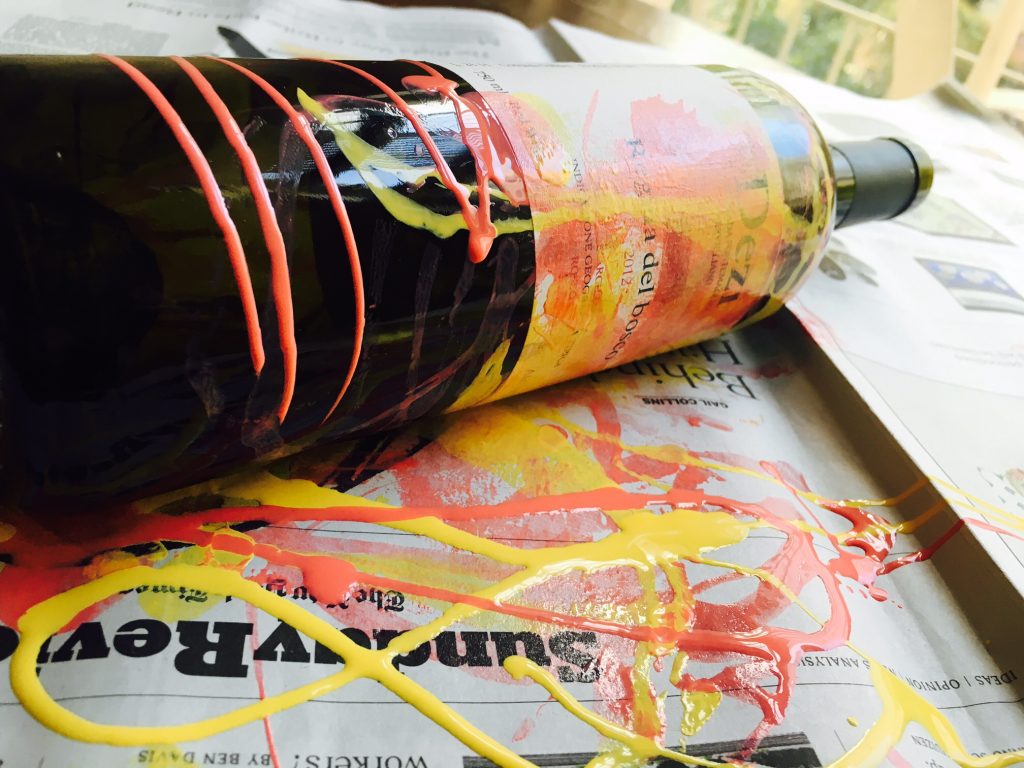
“Regina del Bosco” is “Queen of the Woods,” and she is Montepulciano. It comes from two parcels, Delio Curi and Anziano of the volcanic Beccaccia vineyard, planted by Romolo and Remi Dezi in the early 1950s. The wine is like wringing “Dezio,” extolling a few drops of water to create a headier, more concentrated version. The wine is compact with fruit and thickly coated with minerals. Inky blackberry-red in the glass into a suction of rose, juniper berries, and savory marrow. Muscle tannin stuffed with bleeding raspberry and dark cherry. Ultra looooonnnnng finish.
Planted along the southeast border of the Beccaccia vineyard, are Dezi’s olive groves which are home to four varieties: Plantone di Falerone, Plantone di Mogliano, Sargano di Fermo and Frantoio. Like the Beccaccia site, these olive groves have been part of the family since the early 1950s. The pressing and mixing of the cuvée is done on-site using a continuous press, and the final oil is allowed to settle for several weeks in tank for natural clarification. When it is time to bottle, the oil is drawn directly from the tank’s spigot, no filtration necessary. Production is 1,000 bottles, and we receive 250 of those for the US. This finishing oil has more yellow and lime green hues in comparison to the darker greens of Tuscany. Its potent with spice: a peppery Arugula, a rubbing of rosemary, a sweet bay leaf. Its refreshed by citrus, a sweet lemon and mandarin. We love this drizzled over roasted vegetables, a filet of mild white fish, or with the crusty end-piece of hollowed-out bread.
